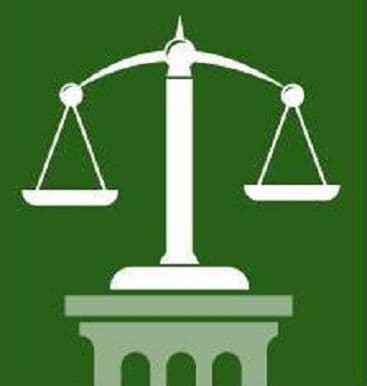Contrary to popular misconception, the “law does not distinguish between direct and circumstantial evidence in terms of their weight or value in finding the facts in this case. One is not necessarily more or less valuable than the other.” [1]
If it snows while you are sleeping, and in the morning there are human footprints across your yard—someone was there, even though the evidence is circumstantial. If you are in a building with no windows, and someone walks in wearing a raincoat and carrying an umbrella, soaking wet and dripping water everywhere—it is raining outside. The evidence is circumstantial.
On the other hand, where there are two or more theories of liability one no more likely than the other a person pursuing a claim can not rely on speculation. The Washington Supreme Court explained this rule in Gardner v. Seymour. If “there is nothing more tangible to proceed upon than two or more conjectural theories under one or more of which a defendant would be liable and under one or more of which a plaintiff would not be entitled to recover, a jury will not be permitted to conjecture how the accident occurred.”[2]
In Gardner a worker was found critically injured at the bottom of an elevator shaft. No one saw what happened. The parties presented two theories of what happened, one in which the worker was at fault, and another in which his employer was at fault. The Court found the two theories equally likely and ordered the case dismissed.
The difference between Gardner and the examples of the footprints in the snow or of the drenched person sporting raingear is that there is only one very plausible explanation for footprints or the drenched person in the raingear.
If you are injured it is important to speak to an attorney early for a variety of reasons, including identifying and preserving evidence.
[1] Washington Pattern Jury Instructions 1.03.
[2] Gardner v. Seymour, 27 Wn.2d 802, 809, 180 P.2d 564 (1947).
